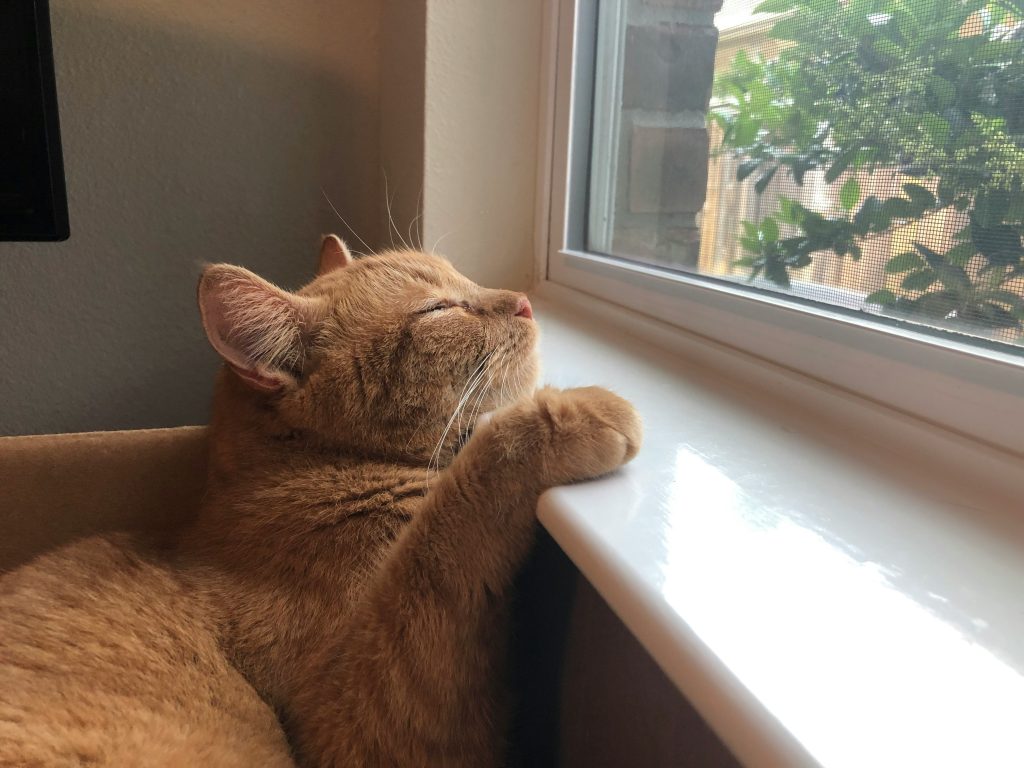Nap Smarter, Not Longer
Ever wake up from a nap feeling groggy, disoriented, and even more tired than before? It’s not the nap — it’s the length of the nap – 20-minutes!
Science says the sweet spot for a nap is 20 minutes. Just enough to boost energy and focus, not long enough to fall into deep sleep. It’s the cognitive espresso shot your brain didn’t know it needed.
Here’s everything you need to know about why short naps work, how to do them right, and what benefits you can expect almost immediately.

Why 20 Minutes? The Science of the Power Nap
🧠 1. It Targets Light Sleep, Not Deep Sleep
During the first 20 minutes of sleep, you only enter Stage 1 and 2 sleep — light, restorative phases that improve alertness and memory.
Go beyond 30 minutes and you risk entering slow-wave (deep) sleep, which can lead to sleep inertia — that foggy, groggy state we all hate.
⏱️ 2. You Recharge Without Rebooting
A 20-minute nap:
- Boosts mood
- Increases short-term memory
- Enhances alertness and focus
- Helps regulate emotions
💡 A NASA study found that pilots who napped for 26 minutes improved performance by 34% and alertness by 54% (NASA, 1995).
🧬 3. It’s Ideal for Daily Performance Without Nighttime Disruption
Unlike longer naps, 20-minute sessions won’t interfere with nighttime sleep, making it ideal for:
- Office power naps
- Midday slumps
- Creative resets
Benefits of a 20-Minute Nap
| Benefit | Why It Matters |
|---|---|
| 🧠 Boosts focus | Great for work or studying |
| 💤 Combats fatigue | Energy drop-off? Nap it off. |
| 😌 Reduces stress | Short naps lower cortisol levels |
| 🧘 Enhances mood | Increases serotonin and dopamine |
| 🚀 Improves performance | Athletes and CEOs swear by it |
How to Nap Like a Pro – 20-minutes
1. Pick the Right Time
The best window: 1:00–3:00 PM
This is when your natural circadian rhythm dips and energy wanes.
2. Set an Alarm for 20 Minutes
Give yourself 5 minutes to fall asleep, 20 to snooze.
Apps like Sleep Cycle, NapBot, or even your phone’s timer work great.
3. Create the Ideal Environment
- Cool, quiet, and dark room
- Use an eye mask or blackout curtains
- Try white noise or calming music
- Optional: aromatherapy (lavender = 👌)
4. Try a “Coffee Nap”
Drink a small cup of coffee right before you nap.
Caffeine kicks in after ~20 minutes — just as you’re waking — for a supercharged alertness boost.
Who Should Try Power Napping for 20-minutes?
- 🧑💼 Office workers with mid-afternoon slumps
- 🎓 Students needing mental clarity
- 🚗 Shift workers and drivers (even 10 minutes improves reaction time)
- 🧘 Anyone seeking a calm reset in a busy day
Even companies like Google, Zappos, and HubSpot offer nap rooms for employees because the benefits are that clear (Fast Company, 2022).
Common Power Nap Mistakes to Avoid
Sleeping too long → Grogginess
Napping too late → Can disrupt nighttime sleep
No routine → Inconsistent results
Solution: Nap regularly, ideally around the same time each day.
Final Thoughts: Less Sleep, More Power
You don’t need a full sleep cycle to recharge. You just need 20 mindful minutes, a quiet space, and the willingness to pause.
With the right approach, napping becomes a productivity tool — not a guilty indulgence. So close your laptop, close your eyes, and let your brain hit reset.
References
- NASA Ames Research Center (1995). Flight Crew Napping Improves Performance. Available at: https://www.nasa.gov/power-nap-research
- National Sleep Foundation (2023). The Science Behind Power Naps. Available at: https://www.sleepfoundation.org/articles/power-napping-benefits
- Fast Company (2022). Why the Smartest Companies Encourage Napping. Available at: https://www.fastcompany.com/smart-companies-nap-rooms









